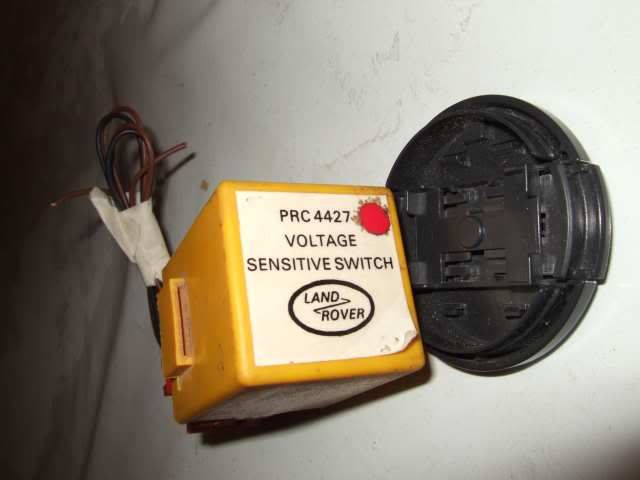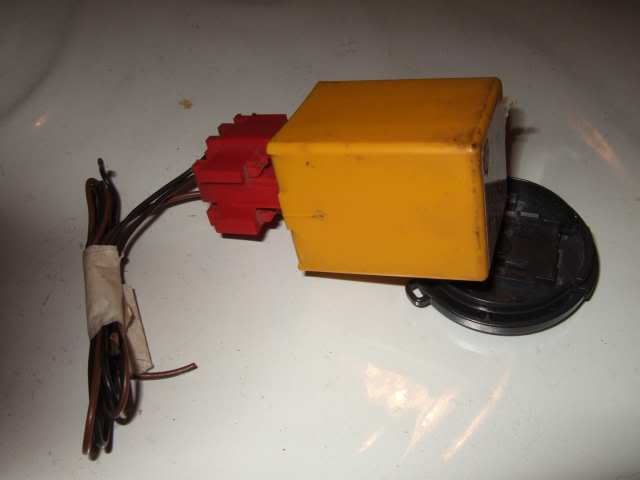Brave or stupid - it's often a fine line.drivesafe wrote:-Scott- wrote:No.
Where does this myth come from?
Under some circumstances, some users may find that their alternator never fully recharges their batteries - because they drain the batteries too far, and don't allow the alternator sufficient time to FULLY recharge. Don't take this situation out of context.
For most people, with most vehicles, the alternator WILL fully charge the battery - if given enough time. My Pajero, with factory stock charging system, will fully charge BOTH of my batteries - no problem.
Your a brave person Scott, when I saw the post I had to bite my tongue and ignore it as inevitably it would start the same old argument.
Hi aford, Scott is absolutely correct, this is a MYTH and a myth that has some truth to it but that part of the myth relates to vehicles that are used as shopping trolleys not vehicles that get a few hours constant driving.
Like Scott, I have 20 years experience in the field of designing and manufacturing dual battery controllers and spent a fair amount of time developing these systems around how lead acid batteries and alternators ACTUALLY work not around how many people THINK they work.
There is no reason why a vehicle, with a properly maintained electrical system, can not get ALL the vehicle’s batteries charged to at least 95% SoC using nothing more than it’s alternator.
Cheers.
I figure these tech forums are for people to obtain advice. Unfortunately, much of the advice isn't great, but some incorrect advice seems more prevalent.
At the end of the day, people will believe what they want to believe. If they don't get both versions, they will believe the version they do get - right or wrong.
I find it unfathomable that people believe a modern automotive charging system is not DESIGNED to keep a battery charged.
Yes, a more complex (and more expensive) system can (under the right circumstances) charge a battery significantly faster than a typical automotive system. More complex systems can do MUCH better things for a battery than what's under my bonnet. But I try not to allow this "70-80%" line go un-answered.
I note you say "at least 95%" - I am prepared to bow to your superior experience.
Cheers,
Scott



